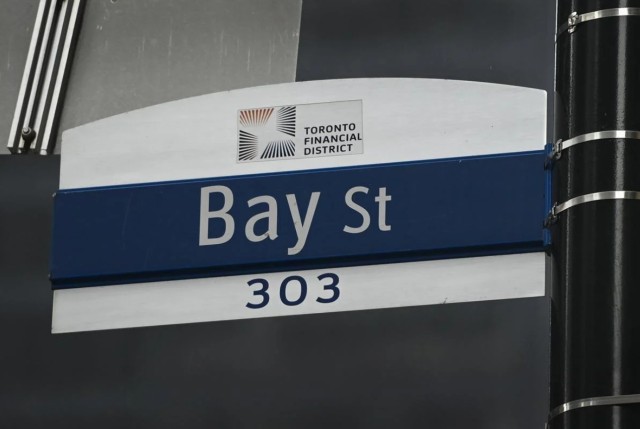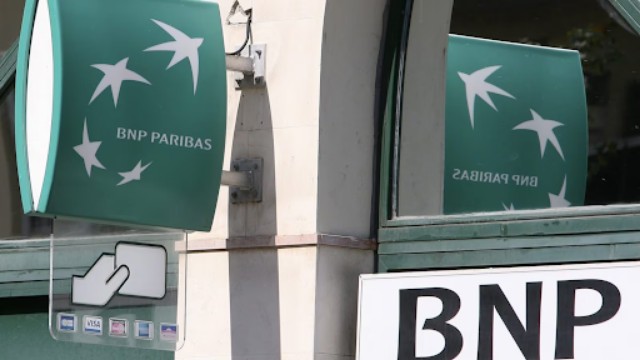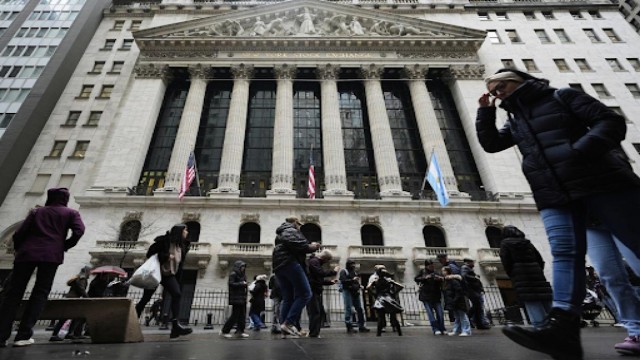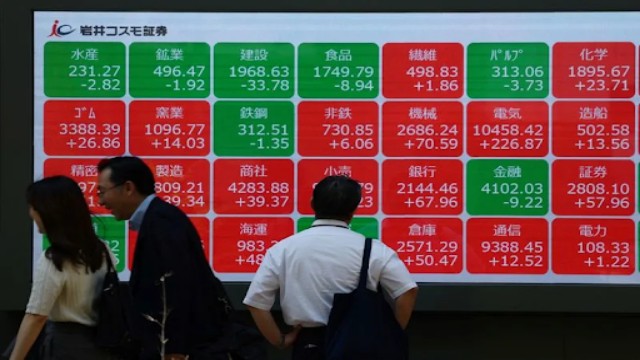
The Canadian Press reports on the latest updates from the Toronto Stock Exchange (TSX), highlighting key movements in major stocks and market trends.
Investors kept a close eye on fresh trade discussions between the U.S. and China in London this week. While hopes for a breakthrough stirred cautious optimism, major North American stock markets ended Monday with little momentum.
In the U.S., the Dow Jones dipped slightly by 1.11 points to settle at 42,761.76. On the other hand, the S&P 500 gained modestly by 5.52 points, closing at 6,005.88, and the tech-heavy Nasdaq rose 61.28 points, finishing at 19,591.24.
According to Allan Small, senior investment adviser at iA Private Wealth, the markets seem to be reacting positively, albeit cautiously. "We’ve seen back-and-forth tensions for months, but the market appears to sense that something good may come out of these negotiations," he said.
The friction between the U.S. and China has stretched over various sensitive topics—ranging from chip technology used in AI to critical minerals for electric vehicles and even student visa policies. While both countries have traded tariffs in recent months, a temporary pause was declared last month, lasting 90 days.
This pause has rekindled hope among investors that a resolution, or at least some easing of tensions, may be on the horizon. The trade conflict, alongside inflation and interest rate uncertainties, has left investors jittery for most of the year.
"Markets right now are riding on headlines," said Small. "If we get any good news—be it trade, inflation, or interest rates—it could push markets higher across both the U.S. and Canada."
Canada’s main stock index, the S&P/TSX composite, ended the day 53.33 points lower at 26,375.80. Despite a significant government announcement on military spending, the Canadian market largely remained flat. Prime Minister Mark Carney revealed plans to boost defence expenditure to meet NATO’s goal of 2% of national GDP by the end of this year. Still, the impact on the markets was minimal.
“Defence stocks did edge up,” Small observed, “but that alone wasn’t enough to energize the TSX.”
Instead, he pointed to sluggish performance in bank shares as the primary reason for the market’s stagnant behaviour. Meanwhile, oil prices rose slightly, gold remained mostly unchanged, and copper edged upward—offering a mixed picture of commodity strength.
“Usually, when two out of three—oil, gold, and banks—are strong, the market performs well,” Small explained. “But when bank stocks drag, it holds everything back.”
As for the Canadian currency, it showed a slight improvement, trading at 73.08 cents US, compared to 73.05 cents US on Friday.
In commodities, July crude oil rose by 71 cents to $65.29 per barrel, while natural gas for the same month dropped by 15 cents to $3.64 per mmBTU. August gold rose by $8.30 to settle at $3,354.90 per ounce, and July copper added eight cents to reach $4.93 per pound.















